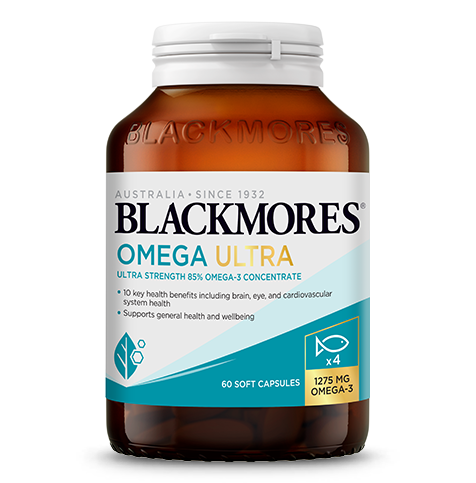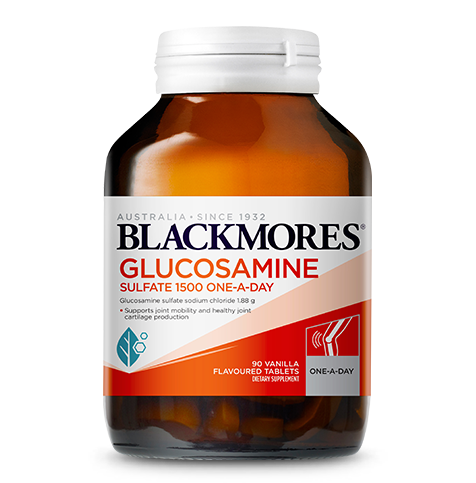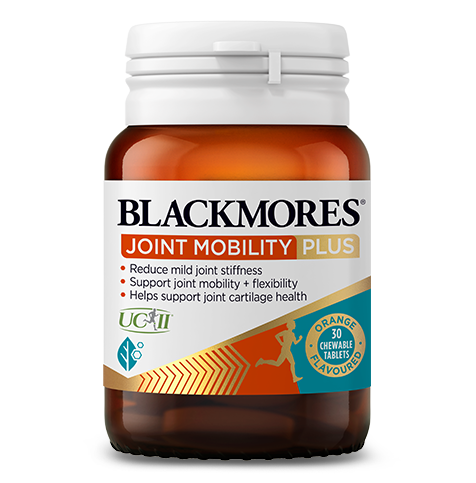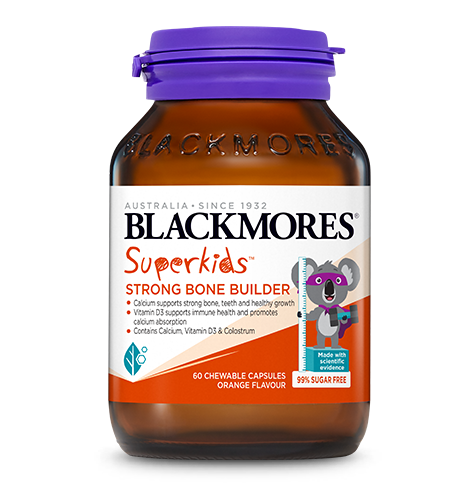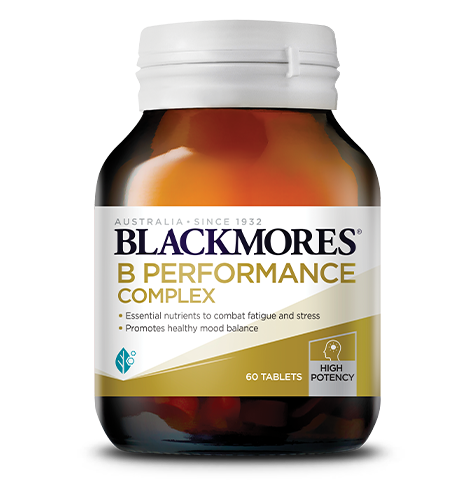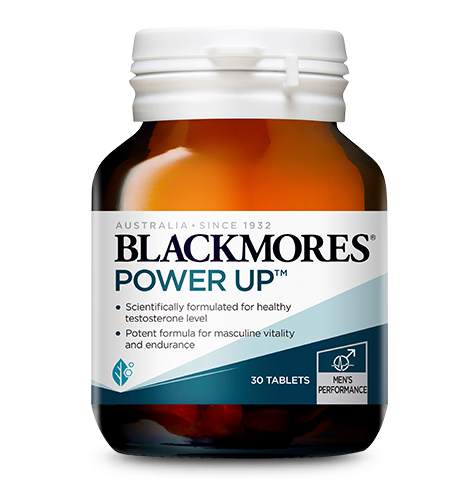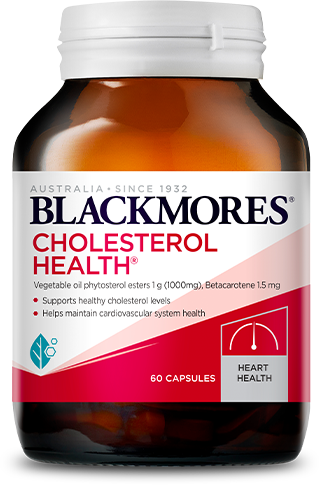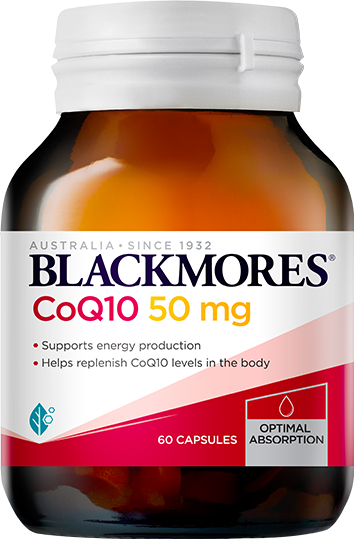Exercise is activity requiring physical effort – generally making your muscles work and requiring your body to burn calories.
Exercise may be carried out with a focus on sustaining or improving health and fitness, or as a means of physical rehabilitation.
Or you may even exercise passively, without even knowing it - walking and household chores are classic examples.
There are plenty of other types of exercise, like running and hiking, to social activities like dancing and golf, right through to organized team sports like netball and hockey.
Benefits of exercise
We all know there are benefits to regular exercise - otherwise we might just sit on the couch all the time!
The better known benefits of exercise generally revolve around weight management and toning up. Along with diet, exercise is a key component of increasing metabolism and losing weight.
But there are many more advantages to exercising than just helping us to slim down.
Physical benefits of exercise
Here are 5 additional physical benefits of regular exercise:
1. Heart health – Physical activity is associated with a healthy heart. Studies suggest that people who exercise regularly have lowered risk factors for cardiovascular problems, including reduced LDL (bad) and total cholesterol, and increased HDL (good) cholesterol.
2. Strong bones and healthy joints – Exercise can slow age-related losses of muscle mass, bone density and joint lubrication and flexibility. Weight-bearing activities cause new bone tissue to form and muscles to push and tug against bones, which strengthens both muscles and bones. If you already have joint issues, find out how to exercise with osteoarthritis.
3. Immune function – Regular exercise is associated with improvements in immune system health, meaning you may be less likely to catch a cold if you keep up your physical activity.
Some studies suggest this is due to reduced inflammation, improvements in psychological stress and/or enhanced immuno-surveillance, whilst others cite an increase in white blood cells as a reason. If you’re already feeling sniffly, read up on exercising with a cold.
4. Energy levels – If you’re feeling lethargic, your first instinct might be to have a lie-down or grab a coffee. But evidence suggests that doing the opposite may boost your energy levels. Active adults consistently report less fatigue and low energy levels than their sedentary peers.
5. Skin health – Exercise can help protect your skin from damage caused by oxidative stress. Physical activity can boost blood flow and stimulate the body’s response to oxidative stress, including the production of protective antioxidants.
Mental and emotional benefits of exercise
So, there’s no doubt about the physical benefits of exercise – but what about the benefits of exercise for your brain and emotions?
1. Stress relief – Exercise can have beneficial effects on stress and anxiety levels, leaving you feel more calm and relaxed. This may be due to reduced adrenaline and cortisol and increased serotonin and norepinephrine, which moderate the brain’s response to stress.
Or it could simply be that a good bout of physical activity can help you forget the stresses of your day – acting as a form of meditation. Either way, there may be a key to finding the optimal mix of activity, intensity, frequency and duration of exercise for stress relief.
2. Improved mood – Physical activity has been shown to improve mood and feelings of happiness. Exercise triggers endorphins, the brain’s ‘feel-good’ neurotransmitters. Endorphins boost your mood and help you relax. Ever heard of the “runner’s high”? The expression refers to the feeling you get when the brain releases endorphins stimulated by exercise.
3. Focus and clear thinking – If you find yourself losing focus or getting forgetful, here’s another reason to exercise regularly. Physical activity delivers oxygen to the brain and related tissues. 30 minutes of moderate intensity exercise, five days a week is recommended to release brain chemicals that support memory, focus and mental concentration.
4. Promotes self-esteem – Physical activity has positive effects on self-esteem and confidence. These can be related to self-perceptions of attractiveness, physical condition and strength. To maximise self-esteem benefits, set goals for your exercise plan and celebrate reaching them when you get there.
5. Better sleep – Several research studies suggest links between regular exercise and improved sleep. Survey participants consistently cite physical activity as an important factor in being able to fall asleep and enhancing the quality of their sleep.
Top 10 exercises for body and mind benefits
Here are our top 10 exercises to give you all the physical and mental benefits that regular physical activity has to offer.
1. Bushwalking
Body
Firms and tones the major muscle groups in your thighs, calves and buttocks. The hills and uneven terrain adds intensity which accelerates kilojoule and fat burning.
Mind
Spending time in bushlands and national parks with trees, water, sunshine and bird life can all have a calming effect, helping to ease stress.
2. Stand up paddling
Body
The paddling motion strengthens the upper body muscles, and is especially good at targeting the abdominal core.
Mind
The regular swapping of paddling sides reduces the physical intensity, and makes it a more relaxing workout. Whether you are on a lake or the ocean, take in the scenery and feel your worries melt away.
3. Swimming
Body
Improves cardiovascular fitness and all-over muscle tone without impact on the joints. Include fast laps and intervals to maximise fat burning.
Mind
The rhythmic movement and focus on breathing can be quite hypnotic, helping to drown out stressful thoughts. Exercising in water can also trigger a unique feeling of refreshment and vitality afterwards.
4. Gardening
Body
A light form of activity that develops muscular strength and cardiovascular fitness. Perform each gardening task vigorously to maximise fat and kilojoule burning.
Mind
Gardening has a calming effect which helps to relieve tension and distract your mind of other worries. The exposure to fresh air and natural sunlight can also elevate mood. You can almost think of it as "ecotherapy".
5. Cycling
Body
A gentle-on-your-joints activity that tones your thighs, calf and buttocks while burning fat and kilojoules. Duration and intensity can be adjusted to suit all ages and fitness levels.
Mind
The rhythmic movement can distract your mind from cares or worries, while you take in more sights and scenery than virtually any other type of exercise.
6. Tennis
Body
A fun and social activity, tennis offers a good, whole body workout. . The unique lateral movements target the inner and outer thigh more than most other activities.
Mind
A good stress reliever. Smashing that little green ball all around the court offers a good outlet for any pent up anger and frustration.
7. Yoga
Body
A diverse series of movements and poses designed to stretch and strengthen the whole body. Look for the types of yoga that focus more on stretching to boost flexibility.
Mind
The movements in yoga are slow, calm and controlled. It is the ultimate mind body exercise, with the focus on breathing and posture giving it meditative-style qualities.
8. Tai chi
Body
Tai chi is a form of martial arts where actions are performed in slow motion, gently working the body through its full range of motion. Good for strength, flexibility and circulation.
Mind
The inner focus on deep breathing, balance, form and movement control makes Tai Chi world renowned for its calming influence on the mind.
9. Running
Body
Running is an intense activity for lower body toning, cardiovascular endurance and significant fat burning. The impact is also good for bone density and strength.
Mind
Extended training runs can trigger those feelings of pleasantness, stress reduction, mood elevation and inner harmony that are known as "the runner’s high".
10. Resistance training
Body
Using various forms of resistance such as body weight or dumbbells, strength training is the best way to develop muscular strength, power and tone. It’s also great for flexibility and fat burning.
Mind
A stronger body and improved energy levels may help to improve general self-esteem and physical self-
Mind-body connection
If you’re looking for exercises that have benefits for the body and mind that are less focused on physical activity, the mind-body connection and meditation could be worth exploring.
The mind-body connection is about using your thoughts to positively influence your body’s physical responses. For instance, imagine you’re lying poolside on a holiday and you’re likely to feel your body relax. On the other hand, picture the kids screaming or work piling up on your desk, and you may feel your heart beat faster and might even sweat a little.
Many people feel generally calmer during and after mind-body exercises, and research suggests that the benefits extend to important physical benefits, such as reduction in blood pressure and stress levels.
Mind-body exercises include meditation, relaxation exercises, breathing activities and guided imagery. Try our 5 easy ways to relax and find your calm.
What's your number one exercise for the body and mind? Tell us in the comments section below!
Andrew Cate is a health, fitness and nutrition consultant from Sydney’s Northern Beaches. Having worked with clients as a personal trainer and weight-loss coach, Andrew has also authored 10 weight loss books , writes for various media outlets and has featured on regular radio spots.



